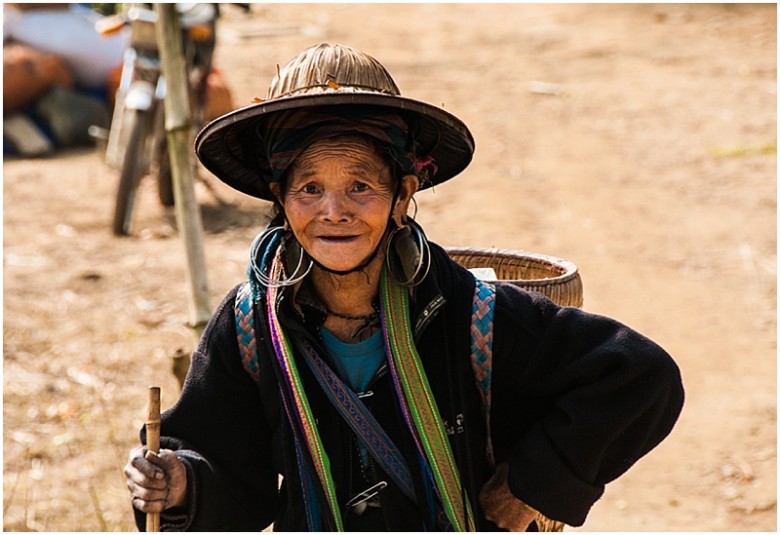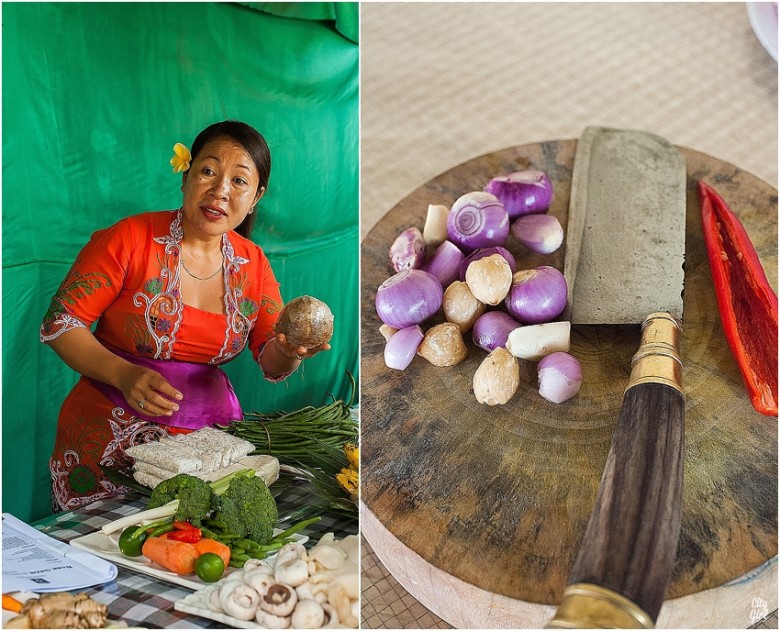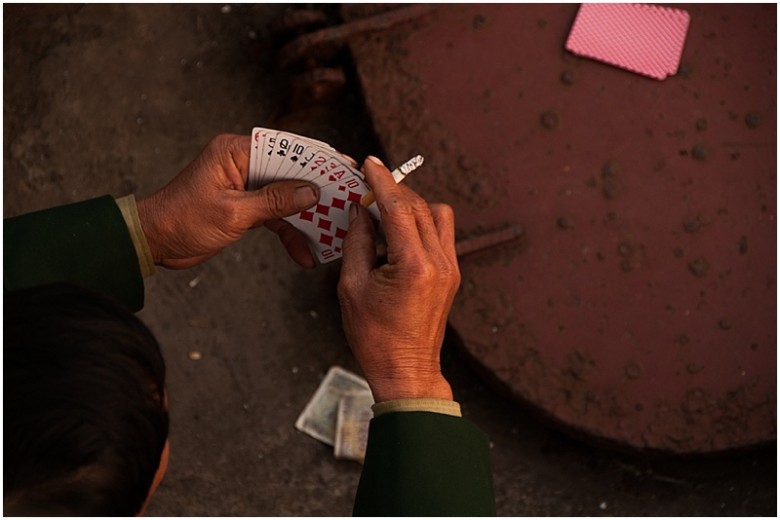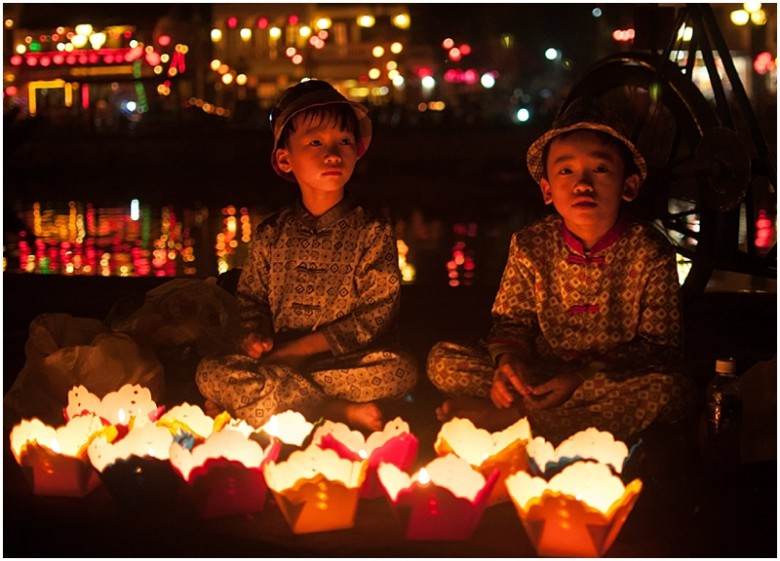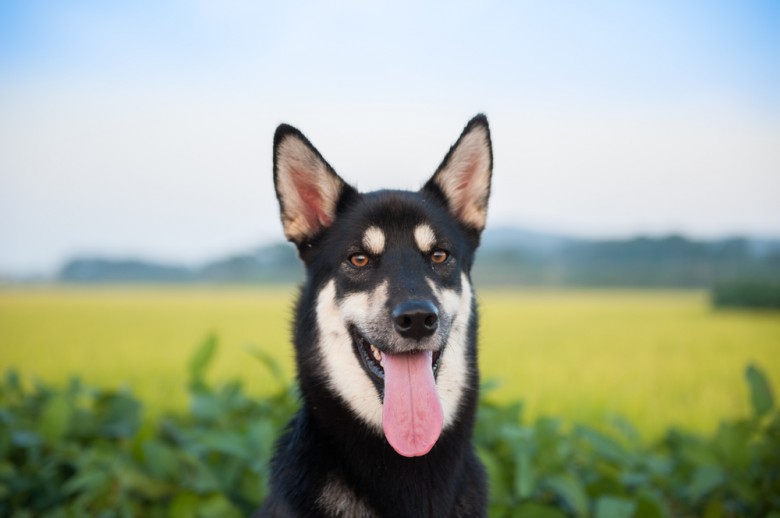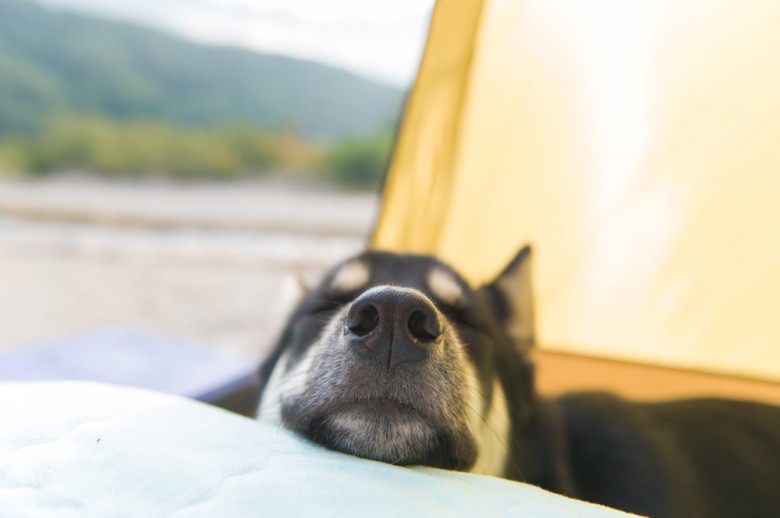2:27 PM How To Take Better Travel Portraits - Travelstart Blog | ||||
#how to find the cheapest airline tickets # How To Take Better Travel Portraits
Travel is all about the people you meet along the way. I spoke to South-Korea-based photographer, blogger, teacher and entrepreneur Roxy Hutton about how to capture the best portrait photos when travelling. Follow along on her travel adventures with her husband and their rescue dog, Shadow the Jindo, at CityGirlSearching . What advice would you give to someone hoping to improve their portrait shots?
invest in a prime lens [it] brings to an image so much life and character.Although not a necessity, a good place to start improving your portrait shots would be to invest in a prime lens. Prime lenses are lenses that have a fixed focal lengths as opposed to zoom lenses which you can zoom in and zoom out with. Prime lenses, like for example my favourite lens, the 50mm 1.4, brings to an image so much life and character. These lenses also create those dreamy blurred backgrounds (known as Bokeh) that give an air of mystery to a portrait. Prime lenses are not always practical for traveling, because you probably won’t have much space to carry more than one or two lenses, and you then you need to have a lens that offers you a range of options when it comes to your photos. Nothing quite beats the ‘nifty fifty’ when it comes to portraits (as well as street photography) and I’d say that would be a very good place to start if you are wanting to improve. reach out to photographers you admireThe second bit of advice I can give to anyone hoping to improve their portraits is to reach out to other photographers. We have all been where you are now, and most of us feel we are still there. I have learned the most when I have put insecurities aside and messaged photographers I admire. Photography is a passion, and not everyone is born with the natural ability to create the perfect photograph. The perfect photograph is also a very subjective thing and will differ from person to person. Reach out to photographers you admire in your city/town, you’ll be surprised just how much people want to share their passion, especially if you are respectful and aren’t out to just steal their secrets techniques. What do you like most about travel and photography?
Travelling is a way to broaden your mindFor me, traveling to a new country means experiencing new ways of seeing the world and being a part of another place even just for a short time. Travelling is a way to broaden your mind, while having your eyes opened (sometimes forcibly) to new smells, sights and sounds. Travel photography is an attempt to capture those memories and keep them forever. For some travel photographers, it is about capturing the unusual, the strange. For me, I aim to capture the memories made on my holiday, as well as the experiences and people that made up those memories. What is the best equipment to use when taking portrait shots?If I know I won’t be focusing on the scenery, or if I am going to be out in low light conditions, then I take my 50mm.I love my 50mm prime lens for portraits. It’s small and light, and very easy to carry around. It’s not very practical if you also want to focus on landscape shots while traveling and so you need to do some thinking before you travel. When I travel I carry my camera body (Nikon D700) and two lenses; 50mm 1.4 24-70mm 2.8. The latter is a very heavy lens, and coupled with my camera body weighs about 5kg’s! Even though it is heavy, it is wonderful for both landscape and portraits. If I had to just pick one lens to travel with, this would be it. If I knew that I would be shooting a wide range of subjects (people, temples, mountains, animals) then this is the lens I take with me. If I know I won’t be focusing on the scenery, or if I am going to be out in low light conditions, then I take my 50mm. How do you compose your shots?
I began by looking at photographs online that I likedI didn’t ever study photography, having been shown the basics of the camera by my husband, and the rest I learned from practicing and playing around with my camera. I am not what you would call a technical photographer, and I know that a lot of the time the settings I use to create images would horrify a lot of photographers. When I first I started taking photographs 5 years ago, I began by looking at photographs online that I liked. These were usually still life shots of makeup and stationery. I would look at them and try to understand what it was I liked about them and then I set out to re-create them. Once I was able to re-create photographs, I started playing around with different objects and subjects to create my own style of photography. I hope my travel photographs convey a sense of who I am as a photographer, as well as showcasing who or what I am photographing. When is the best time to shoot?
make the light work for youLate afternoon is always a wonderful time of the day to shoot just about anything. But unless you are traveling purely as a photographer and not for the enjoyment of travel, you probably will be under a lot of time constraints and just have to make do with clouds/bright sunlight/rain and just make the light work for you. Is it important to be aware of cultural sensitivities?A little bit of sensitivity goes a long way, as does a friendly smileAbsolutely. I am always terribly shy when it comes to asking people if I can take their portraits especially if there is a language barrier involved. But, put yourself in their shoes before you snap away. A little bit of sensitivity goes a long way, as does a friendly smile. If you can’t speak the local language, simply pointing to your camera and giving a questioning look by pointing from them to your camera (always followed by a big smile) will 9 times out of 10 guarantee you a photograph. Try not to be too offended if someone denies you a photograph. Offer one last smile (as hard as it may be) take a deep breath, and move on. You have photographs on Shutterstock and also do personalised shoots, have you always been interested in photography?
I learn more about my camera every time I pick it upI only became interested in photography when I started my first blog (FarmboyAndCityGirlHitAsia) back in 2010. Photography was a way for me to add interest to blog posts, and I soon found it to be a wonderfully creative outlet. My first photographs were awful, as was my editing style (lots of high contrast and vignetting) as seems to be the go-to style for new photographers, and so it took me a while to find my own personal style. I am still refining that style and I learn more about my camera every time I pick it up. Do you have safety concerns for your equipment when you travel?If I spent all my time worrying about it being stolen or getting damaged I would miss out on a lot of photo opportunities.I do have a lot of safety concerns, but I try to be as alert as possible when traveling. My camera is too big to ever look unobtrusive (especially when I’m using the 24-70mm lens) but this doesn’t mean you can’t be subtle with it. When not in use, I usually carry my camera either around my neck or the strap wound around my wrist and the camera in my hand. When I am not shooting I try to always have the lens cap on if possible, to protect the lens. As my husband and I currently live in Korea, it has been really hard to obtain insurance for any of our things. As soon as we get back to South Africa, insurance for my camera will be one of the first things we sort out. I don’t generally worry too much about my equipment as there’s only so much you can do to keep it safe. If I spent all my time worrying about it being stolen or getting damaged I would miss out on a lot of photo opportunities. My advice is just to be careful and aware of your equipment when you travel, use a good camera bag to protect your equipment and keep your camera on you at all times unless you are able to lock it away somewhere safely.
All photographs courtesy of Roxy Hutton
| ||||
|
| ||||
| Total comments: 0 | |
